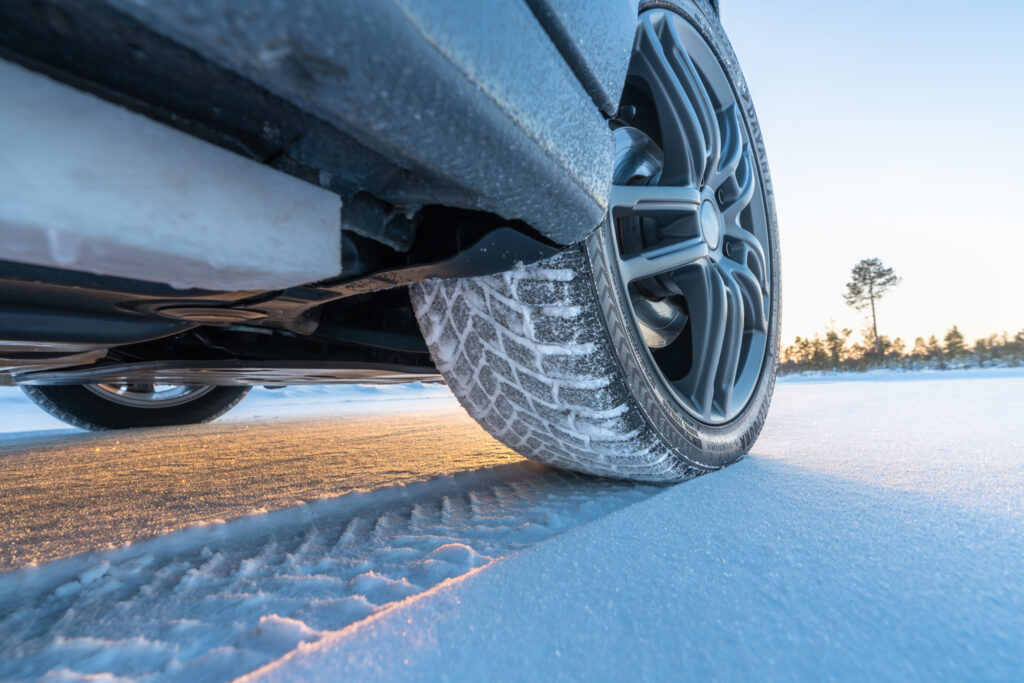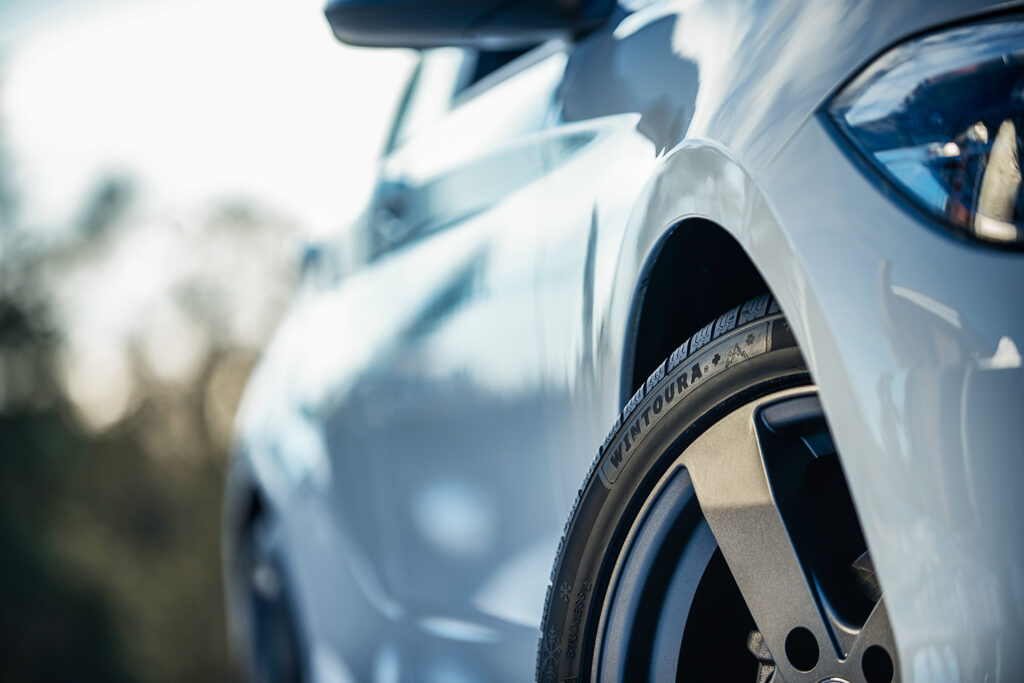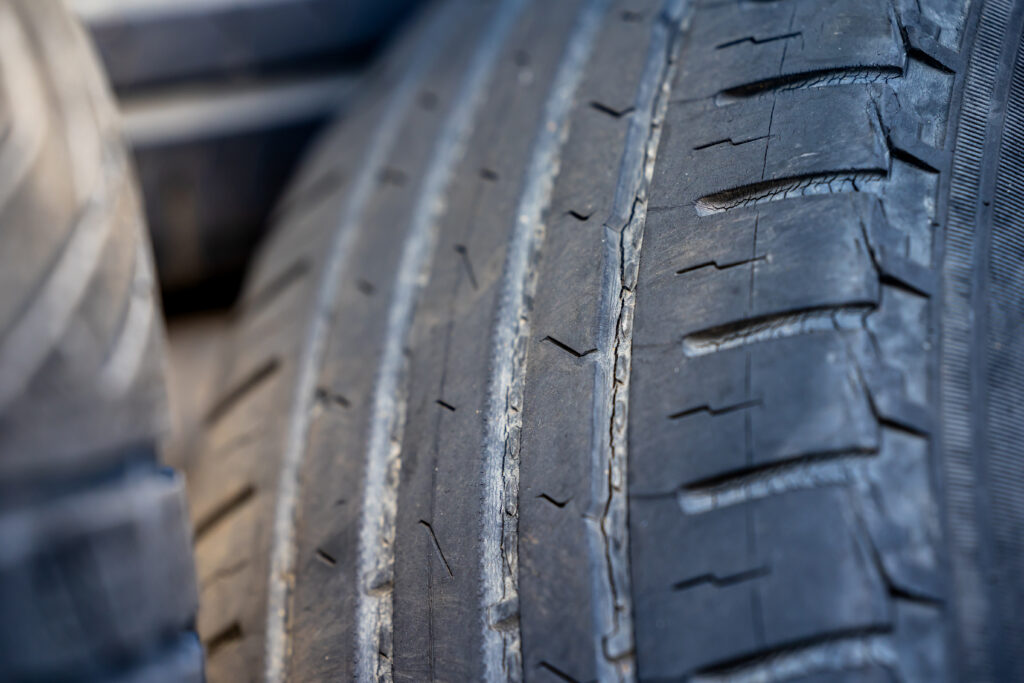Potholes damage 1 in 4 tyres, so what should you look out for on your tyres?
27th January 2025
15th January 2025 marked National Pothole Day – a day to spotlight road safety and raise awareness around the damage potholes can do to our vehicles.
Unfortunately, here in the UK, drivers will be all too familiar with poorly maintained roads, with RAC data revealing that drivers in England and Wales encounter an average of 6 potholes per mile*.
In addition, research conducted by HiQ Tyres & Autocare** suggests more than one in four tyre replacements in the UK are caused by the country’s deteriorating road conditions, with 28% of tyre replacements in the UK caused by damage from potholes and poor road conditions.
In 2025, councils across the UK will receive £1.6 billion in government funding to repair roads and fill potholes. However, this funding isn’t going to solve the problem of Britain’s roads overnight, and drivers must remain vigilant.
So, if you are driving and feel any form of tyre impact, here at Landsail, we’d always recommend carrying out the following checks on your tyres, to help identify any significant damage:
Check for Sidewall damage

Starting with the most common problem after hitting a pothole – sidewall damage. The tyre will typically hit the damaged road surface at speed, meaning the sidewall of the tyre can pinch itself together, causing a separation in the tread.
Remember, some damage may not always present itself on the outside of the tyre – the inner sidewall could also be damaged, so drivers should be aware of how the vehicle handles after hitting a pothole. The steering wheel may pull to the left or right, or you may hear creaking noises whilst driving, indicating damage to the suspension.
Examine tyres for any cracks and slow punctures

It goes without saying, but hitting a pothole can cause cracks to form in your alloy due to the impact. However, they can be difficult to spot from a visual inspection, but if left undiagnosed pressure can slowly escape from the tyre, leading to sudden deflation.
If you do notice a constant loss of air pressure or find yourself having to inflate your tyres regularly, you may be experiencing a slow puncture because of pothole damage. If you find that you need to inflate your tyres after hitting a pothole, listen out for any air leaks as this can also indicate a puncture.
Slow punctures may not seem like a major issue, but even a slight escape of air can mean a drop in tyre pressure and driving on a deflated tyre may lead to even more damage to the tyre further down the line. Unfortunately, slow punctures are not always easy to notice but if detected, it’s best to have the tyre repaired or replaced as soon as possible by a professional.
Inspect the tyre bead
Another area of the tyre that can become problematic if damaged is the tyre bead – the connection between the rim and wheel which maintains an airtight seal. Damage to the tyre bead is caused by driving on an underinflated tyre, as the bead can slip and give air the potential to escape.
Bead damage is noticeable when air bubbles form around the rim and this type of damage should be fixed by a professional to avoid any further damage to the wheel.
Listen for any unusual noises
Listen out for any noises that were not present before and monitor to see if the vehicle handles differently. It could be listening for any air leaks after inflating a tyre, as well as knocking noises whilst driving over bumps, which could suggest damage to the vehicle’s suspension. Remember to seek professional assistance if you notice any of these issues.
Report the pothole
Finally, if you believe you have suffered tyre damage as a result of a pothole, you should make a note of where the pothole is located, so that you can report this to the local authorities – main roads are managed by the National Highways and smaller roads managed by local councils.
Driving on roads full of potholes doesn’t just make for uncomfortable driving – potholes are also one of the most serious tyre hazards, and in some cases, they can have a significant impact on your tyres and your vehicle.
For more information on tyre maintenance and Landsail’s range of tyres, check out our product page or contact your local dealer.
* https://www.rac.co.uk/drive/advice/driving-advice/rac-pothole-index-statistics-data-and-projections/
**https://www.tyrepress.com/2024/10/1-in-4-tyre-replacements-are-caused-by-severe-road-damage-hiq/





